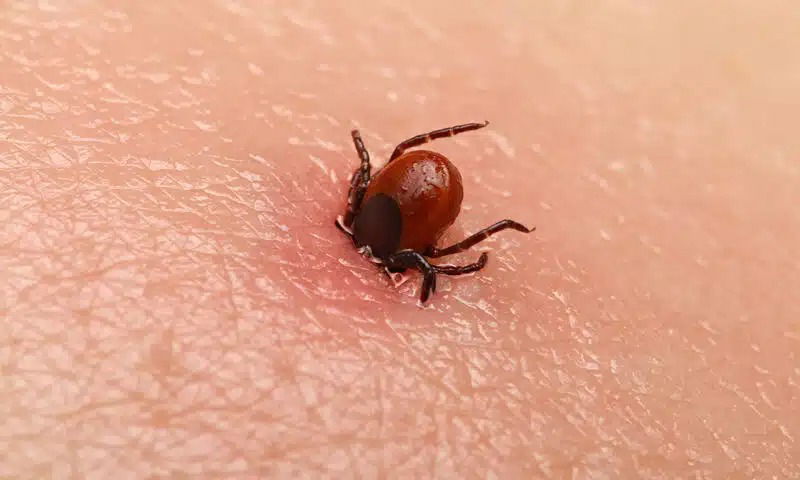Finding a tick indoors may not seem alarming at first, but these tiny parasites can pose serious health risks to you and your loved ones. How did it get inside? And more importantly, how can you eliminate it effectively?
Understanding the Danger
Ticks are blood-feeding parasites that can transmit dangerous diseases such as Lyme disease and tick-borne encephalitis. If you spot one in your home, it likely hitched a ride on a pet, another animal, or even on you.
Immediate Actions to Take
1. Safe Removal
Wear gloves to avoid direct contact.
Use tick tweezers to grasp the tick close to its head and pull gently without crushing it.
2. Save for Identification
Place the tick in a sealed container (like a jar or plastic bag) if you want to have it tested later. This can be useful if symptoms develop.
3. Disinfect Thoroughly
Clean the area where the tick was found using a disinfectant to reduce any risk of contamination.

Preventing Tick Infestations
1. Pet Protection
Regularly check your pets, especially after outdoor activities.
Use veterinarian-approved tick prevention treatments.
2. Home Defense
Vacuum floors, carpets, and hidden corners frequently.
Wash clothing, bedding, and pet fabrics at high temperatures if ticks are suspected.
Seal gaps and cracks where ticks could hide.
3. Outdoor Precautions
Keep your grass trimmed and remove tall weeds.
Apply natural or chemical tick repellents in high-risk areas.
What to Do If You’re Bitten
If you find a tick attached to your skin:
- Remove it carefully with tick tweezers as soon as possible.
- Watch the bite area for expanding redness or infection.
- Seek medical attention if symptoms like fever or joint pain develop.

Stay Vigilant
A single tick in your home is not to be ignored. Acting swiftly and taking preventative measures can help protect your household from the potential dangers these parasites bring. By staying alert, you ensure a safer environment for yourself and your family.
